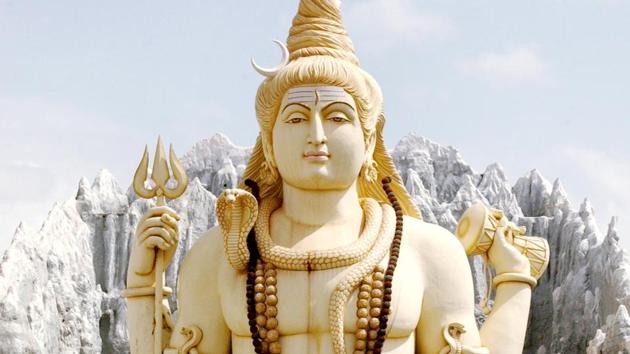A path through the forest of the heart
The allure of the gods
It’s not every day that you get to see the sanctification of a new tirtha I did this month in Nepal. Life can surprise you with ‘coincidences’. You could say that this adventure began last month on Mahashivratri. Eleven kinds of abhishek (symbolic ritual pouring) were offered to the shivling at my colony temple. It was remarkable to watch south Indians chanting the Rudram, a Bengali elegantly doing the abhishek and north Indian Hindus and Sikhs pour their individual pots of water in symbolic offering to ‘cool’ the fiery cosmic energy represented by the shivling. In these voluntary personal acts of affirmation, you unmistakably glimpsed the vast and deep underpinning of cultural unity in Bharatvarsh across regions. Since I had missed the ‘Herath’ Shiv puja at a dear Kashmiri friend’s house on Mahashivratri day, I found myself thinking about the eleven abhishek. Beyond our personal domestic pujas and the eleven abhishek, done so simply, naturally and gracefully at my local temple without show and just the sound of chants, there was only ‘kumbhabhishekh’ at the next level, the sanctifying and ritual opening of a new temple.

So it was with the strangest sense of thought-fulfillment that I found myself being whisked off to Kathmandu and from there to Bharatpur; and driven along the beautiful Narayani river to ‘Shaswat Dham’ in Nawalparasi. Spread over twelve acres in those scenic Himalayan foothills, Shaswat Dham (‘the place of eternal joy in God’) was initially ideated by the Kanchi Shankaracharya almost twenty years ago to philanthropist Binod Chaudhary, the Nepali industrialist of Marwari ancestry who was on the cover of Forbes magazine as Nepal’s first billionaire and whose life story, ‘Making It Big’, was chronicled last year for Penguin. The key components of Shashwat Dham are the lovely new Shiva temple dedicated to him as ‘Ekambareshwar’ like in Kanchipuram; a Vedic gurukul to train priests to serve the public in domestic and temple rites; an Art of Living yoga centre; and of particular interest and potentially of immense cultural and academic value, the Manuscript Resource Centre, to track, archive and digitalise the more than 20,000 ancient manuscripts estimated to be scattered unpreserved and undocumented in institutions and private collections around Nepal.
From seeing a new tirtha and potential ghatika sthanam (centre of knowledge), it felt appropriate to be driven around Chitwan National Park. HT readers familiar with ‘Chit Van’ (‘forest of the heart’) know how meditative that forest of sal trees is but also how full of tigers, rhinos, crocodiles, bears and wild boar. Quaint as it sounds, I find myself reflexively thinking of Ram-Sita-Lakshman when in forests: only seventeen and used to comfort, how did they get by with such fortitude and good energy? My friends tease me that ‘it’s only a story’ but out in the forest I was so thankful that I could go back to human habitation that I’m not surprised that the epic touched so many. Indeed, ‘Chit Van’ seemed like an analogy for life itself and I went home from it with refreshed understanding of the utter allure of the gods.





